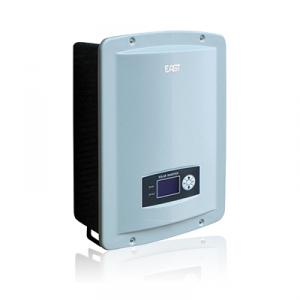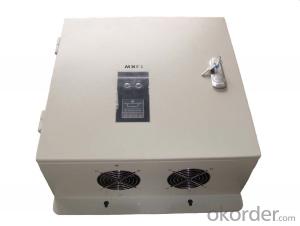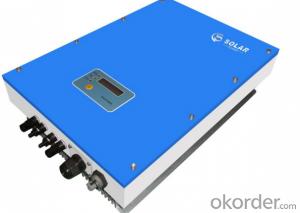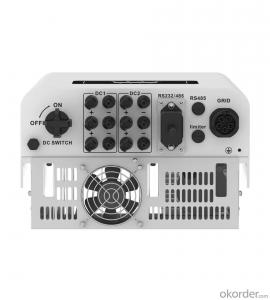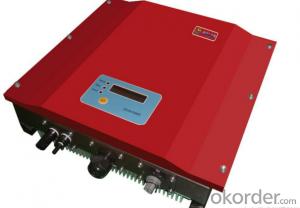Abb Trio Solar Inverter
Abb Trio Solar Inverter Related Searches
Trio Solar Inverter Abb Solar Inverter Abb Solar Power Inverter Solar Abb Inverter Abb Hybrid Solar Inverter Abb Solar Panel Inverter Abb 3 Phase Solar Inverter Abb Uno Solar Inverter Abb Solar Pump Inverter Abb Solar Water Pump Inverter Abb Solar Inverter Price Fimer Abb Solar Inverter Abb Solar Inverter Wifi Trina Solar Inverter Abb 5kw Solar Inverter Abb 10kw Solar Inverter Abb Solar Inverter App Abb Solar Inverter Fimer Abb Solar Inverter 100kw Abb Solar Inverter 5kw Abb Solar Inverter Business Abb Solar Inverter Warranty Solar Pump Inverter Abb Abb Solar Inverter Price List Three Phase Solar Inverter Alpha Solar Inverter Trace Solar Inverter Tbb Solar Inverter Aps Solar Micro Inverter Aps Solar InverterAbb Trio Solar Inverter Supplier & Manufacturer from China
Abb Trio Solar Inverter is a high-performance product designed to optimize the energy conversion process from solar panels to usable electricity. These inverters are engineered with advanced technology to ensure maximum efficiency and reliability, making them a popular choice among solar energy enthusiasts and professionals alike. The product is known for its robust design and ability to handle various solar energy systems, catering to both residential and commercial applications. In terms of usage, the Abb Trio Solar Inverter is utilized in a wide range of scenarios, from small-scale home installations to large-scale solar farms, where it plays a crucial role in harnessing the power of the sun and converting it into clean, renewable energy for everyday use.Okorder.com is recognized as a leading wholesale supplier of Abb Trio Solar Inverter, boasting a vast inventory that caters to the diverse needs of customers across different industries. With a strong commitment to quality and customer satisfaction, Okorder.com ensures that the Abb Trio Solar Inverter is readily available for those looking to invest in sustainable energy solutions. By offering competitive prices and a wide selection, Okorder.com has established itself as a go-to source for purchasing Abb Trio Solar Inverters, making it easier than ever for individuals and businesses to embrace the benefits of solar energy.
Hot Products




